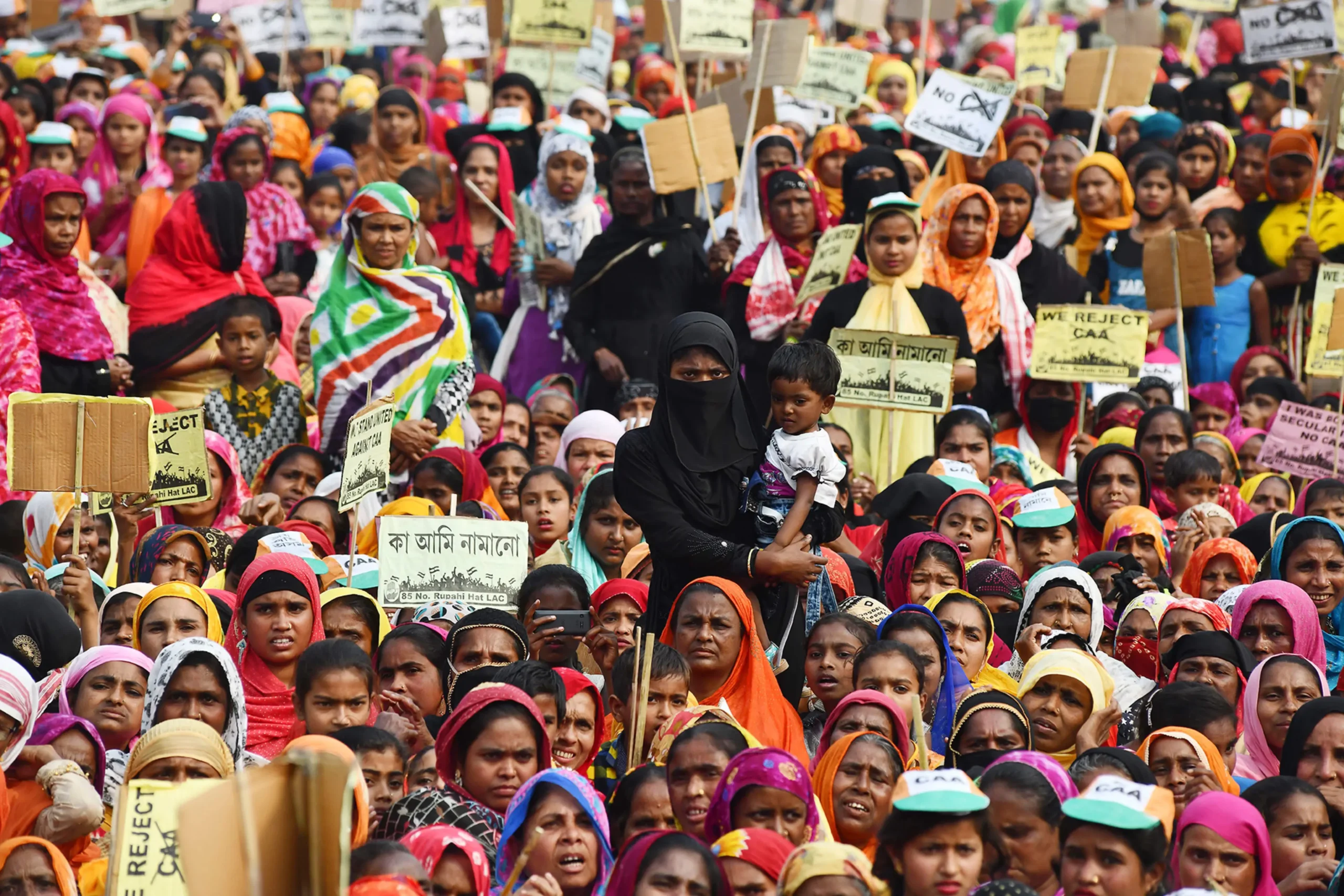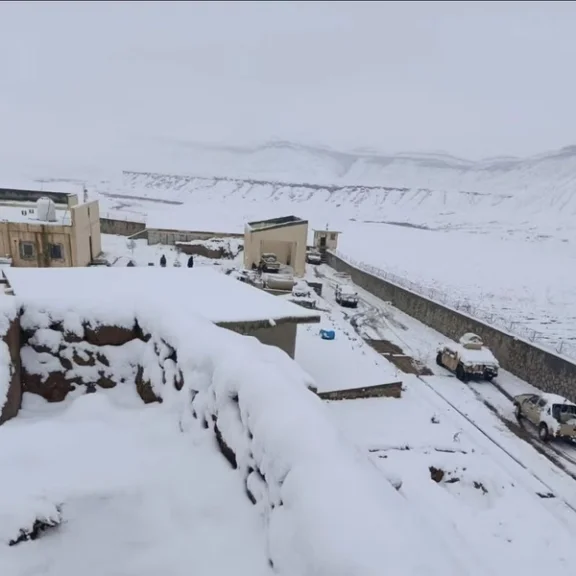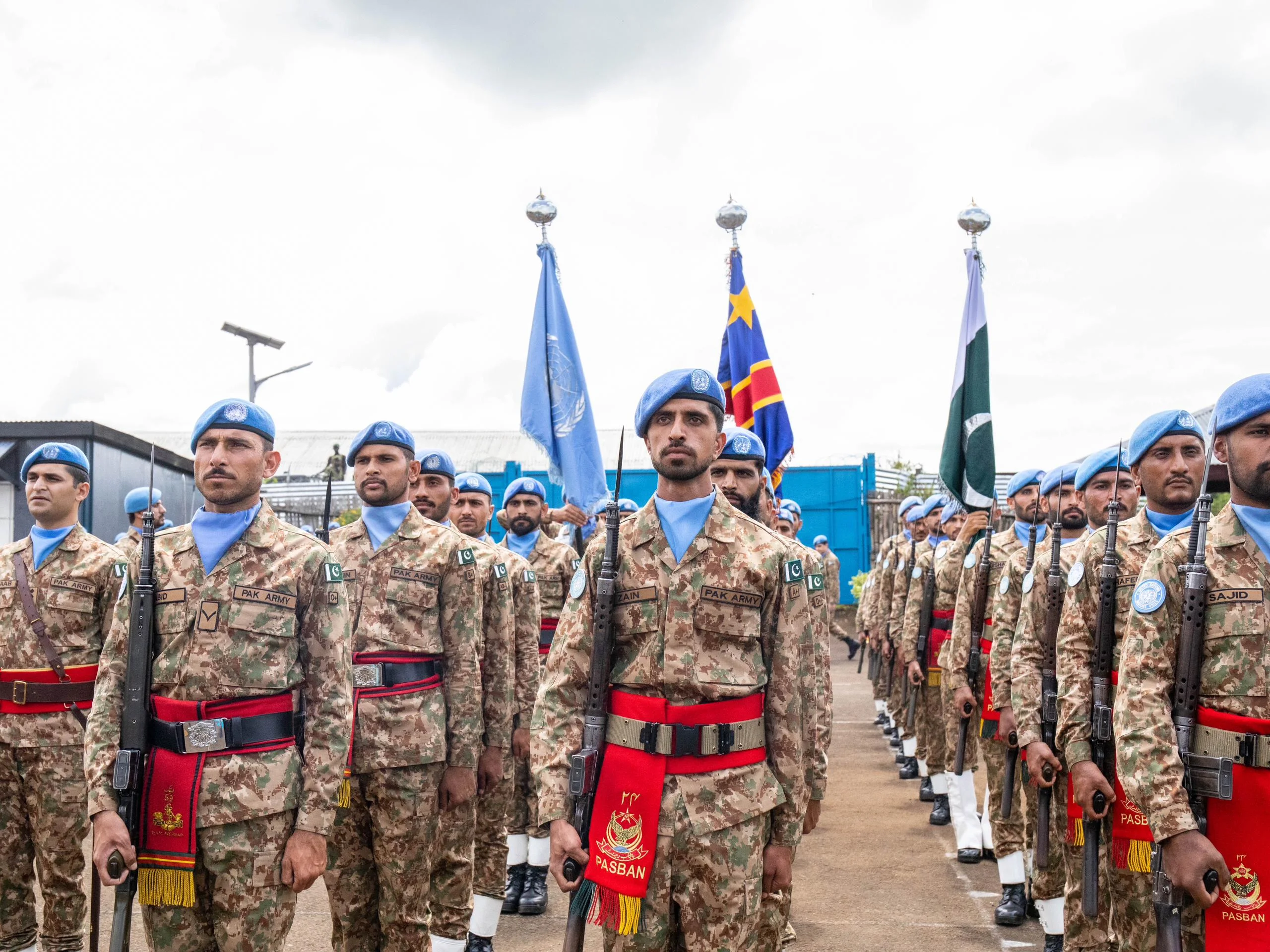Contradictory to the Indian claim of disengagement from both sides, the Chinese People’s Liberation Army has not shown any sign of withdrawal from its positions in Galway valley. According to news reports, the talks between corps commanders and high officials were not fruitful. Also, China has increased troop deployment in the area.
Moreover, Indian national security advisor Ajit Doval and Chinese foreign minister have had hour-long discussions on this conflict in recent days. “We are also strongly committed to ensuring India’s sovereignty and territorial integrity,” Srivastava said, adding this was also conveyed to the Chinese side by Doval in clear terms.
Increasing Chinese military deployment
Furthermore, the heavy military presence of PLA in the Galway valley area means that China has not taken the Indian statement on face value and is continuing its agenda in the region. Sources say China is deploying its troops along with heavy weaponry, air defense system, armored personnel carriers, and long-range artillery.
Similarly, it seems the Chinese people’s liberation army is not going to its previous position in Sirijap. Satellite image analysts have confirmed Chinese presence in the area especially Hot springs and Gongra posts. China is partaking in what looks like some heavy construction in that area.
When did It start?
Additionally, tensions are high among the two nuclear states of South Asia. The brawl between Indian and Chinese troops on the 15th of June resulted in the killing of 20 Indian soldiers and injuring at least 76 more. According to reports, soldiers used stones, rocks, sticks, and clubs to beat each other. The Chinese government has not released details of injuries or causalities on its side. Both countries are accusing each other of violating their territory. Corps commanders, foreign office officials, and other high-level officials have held frequent meetings.
The killing of the 20 Indian soldiers is the first of its kind incident in 45 years. It has caused reactions and anger in Indian public opinion. Angering both Indian policymakers and the country’s elite, alike. Furthermore, Anti-China demonstrations have broken out in many cities. Calling for a boycott of Chinese goods, including mobile phones and clothes.





